Lemongrass is a plant that thrives well in places that have a tropical habitat. The plants prefer lots of light, heat, and moisture. Also, the plant classifies as a tropical herb with a strong citrus flavor. The unique taste of lemongrass makes it a popular condiment in various cultures in Asia and worldwide. It can be used in teas, sauces, soups, and more. The plant grows as a tall, grassy clump that can reach 5 feet tall.
Native to many Asian countries, Lemongrass is among some of the most popular and useful herbs in the world.
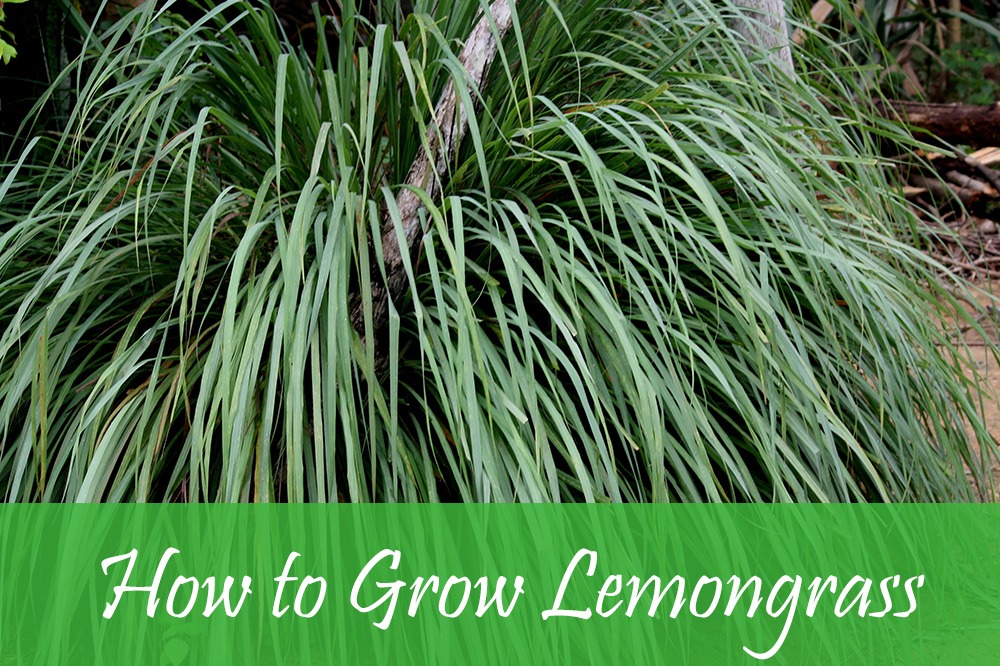
Read Next
Important Factors In Growing Lemongrass
With these factors and the right growing conditions, you can grow lemongrass in your garden or containers.
Light And Water
In its native habitat, lemongrass does well in areas with adequate sunlight. Six hours of sun daily will be sufficient for the plant`s energy needs. For gardeners growing lemongrass in greenhouses, you must regulate the quality and intensity of the light for the best results.
Unlike most ornamental grasses, lemongrass is not a drought-resistant plant. Thus, you must ensure the roots are moist for the best development results. Using mulch can help to conserve moisture and will also improve the quality of the soil. Any excessive moisture can easily lead to mildew, which compromises plant growth.
Soil And Fertilizer
Lemongrass plants thrive well in loam and rich soil. You can create the perfect soil conditions for lemongrass using various elements such as manure, compost, and leaf mold. All these are components that work to enrich the nutrient quality of the soil.
Due to its tropical characteristics, lemongrass survives in various types of zones, such as level 8 and up. In some areas, lemongrass survives as an annual plant that can be tucked into pots.
Lemongrass does well with nitrogen fertilizers, which help to promote optimal plant growth. A good recommendation would be the 6-4-0 fertilizer, which can keep your plants healthy throughout the growing season.
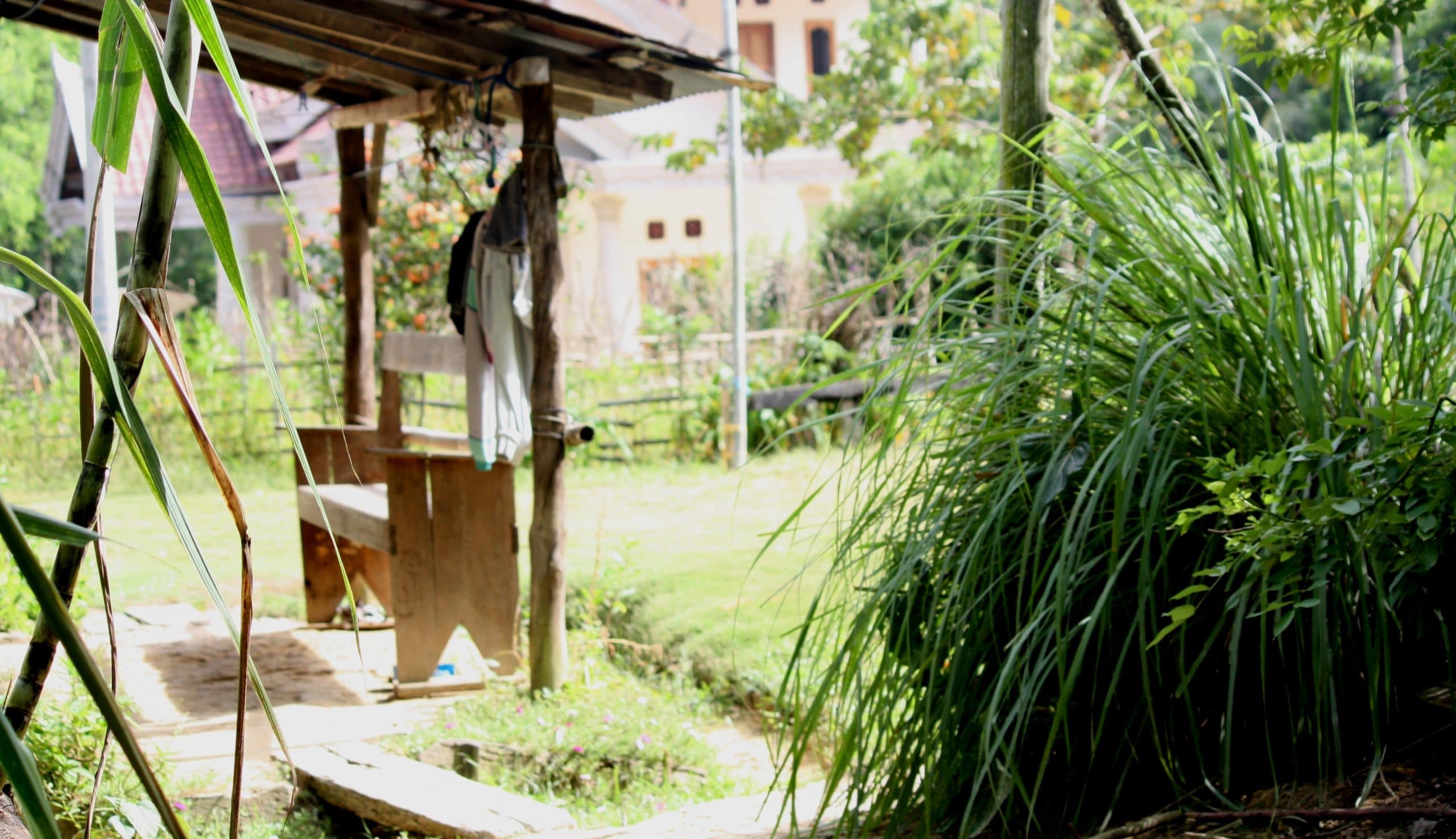


Temperature And Humidity
As a tropical plant, lemongrass survives well in humid and hot climates. Being able to put the plant in areas with well-regulated temperatures is important in the harvest quality and foliage. The time for growing lemongrass is usually similar to that of planting tomatoes. Furthermore, lemongrass is frost-sensitive, and you might have to plant it indoors over the winter.
Lemongrass is a hardy plant that grows to about 45°F (7°C), so you can plant it outdoors during summer. It grows well in a conventional garden that is well-drained and can take a few weeks to mature fully.
The best way to grow the plant is in cold environments through stalks. You can trim the stalks to a few inches tall and place them in small pots. Then, position the plants in a well-ventilated area, possibly close to the window.
Another option would be storing the lemongrass in a cool, dark area, such as the basement. Remember to water the plant a few times to keep the roots thriving.
Potting And Propagation
Use high-quality potting soil to start a new batch of lemongrass. Consider using premixed potting soil, and use a time-release fertilizer. This approach is convenient and can help you save lots of extra cash. If the lemongrass plant grows in the same pot yearly, consider repotting in spring to improve the soil quality.
Regarding propagation, lemongrass is a plant that grows in clumps, making it simple to divide. You can consider combining the harvest and the dividing tasks because both might require digging procedures.
Furthermore, each leaf fan is often attached to a bulb-like base with roots, and each can easily grow into a new clump. The choice is yours when determining the right size for each division. Also, replanting a division with five or six bulbs will be more convenient than using a single bulb.
Pruning And Harvesting
The pruning process is essential for herbs, and done right, and it will improve the foliage as well as the overall health of the plant. The best pruning approach for lemongrass would be to shear the plants to about six inches during the end of the winter season. The plant regrows fast and might encourage the growth of new shoots when the warm weather resumes.
As a fast-growing plant, you can harvest lemongrass when young without any adverse side effects on the plant growth process. While the leafy portions of the plant are sometimes challenging, you can always cut a few leaves to make some tea. Furthermore, the stalks are also edible when minced or adequately cut.
Growing Lemongrass Using Containers Or Seeds
The best container for growing lemongrass would be 14 inches in diameter on average. This helps to accommodate the rooting system and to prevent a heavy plant from becoming frail. In cold environments, a single root division can grow well in a small pot close to a well-lit and ventilated area.
The seeds also germinate easily in moist and warm soil. The best approach would be to put the seeds into sterile potting and keep them moist until they reach the germination stage. Usually, this occurs at about 9 to 14 days, when the plants achieve heights of about three inches tall.
What Is The Difference Between Lemongrass And Lemon Verbena
While lemongrass and lemon verbena are perfect for preparing teas and more, both have different characteristics. Where lemongrass thrives well in areas with high moisture, verbena does well in dry regions. The lemon verbena often has elongated leaves and is not often grass.
Unlike lemongrass, the verbena plant can produce small flowers and popular food condiments. The lemon verbena plants are also suitable for cold dishes because the useful oil is delicate and quickly evaporates when cooking.
Harvest And Storage
Lemongrasses is mostly harvested for its foliage, which often has a rich and lemony flavor. Thus, lemongrass is mainly used to prepare beverages or high-quality soup. The planting season bests starts when the plants average 13 inches tall and the stem bases measure ½ inch thick. You can cut the stalks to ground level or hand-pull a complete shoot. However, removing the entire stem will reduce the foliage because it takes time to regrow.
The edible component of lemongrass is close to the bottom section of the stalk. You must carefully cut off the grassy part of the plant and be cautious with the process. You will then harvest the leaves in a bundle and add them to a teapot for boiling.
Take the lemongrass base, and cut the outer fibrous layer to bring out the inner white component. To store the lemongrass, freeze it when chopped or whole. Also, you can make slicing easy by crushing the stem base using a flat item. The main section of the stalk is often soft, thus making it easy to slice.
Uses
Lemongrass is most suitable for preparing various cuisines, including Thai, Vietnamese, and Asian. You can use the tender inner stalk bases to make salads, sauces, and stir-fries. You can freeze lemongrass by storing thinly sliced pieces in small tins. When you need to use it, pick off a few slices, and incorporate them into your dishes.
The lemongrass is perfect for preparing marinades and can be boiled in water to make tea. Once you use the lemongrass, add the leaves to some compost, and puree them on grass. To dry the leaves, place them together, and hang them facing down in a dark room. Then, store the harvest in jars that are tightly sealed. The dried lemongrass can retain its flavor for as much as one year.
Conclusion
Herbal tea, beverages, and even dishes are increasingly becoming popular worldwide. The best way to get a reliable supply of herbs would be to start your garden.
Specifically, you can start with this how-to-grow lemongrass guide, which provides useful insight to take your gardening skills to the next level. Before growing lemongrass, ensure that you have a sterile pot of soil for optimal plant growth.
Lemongrass is simple to plant and can grow either through seeds or cuttings. It does well in moist areas and partly shady conditions, especially during summer. Unlike most herbs, lemongrass can retain its flavor for as much as one year, even when dried.

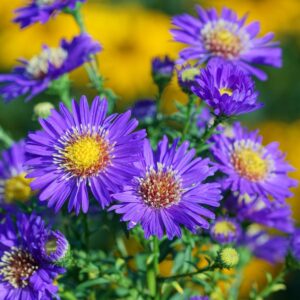

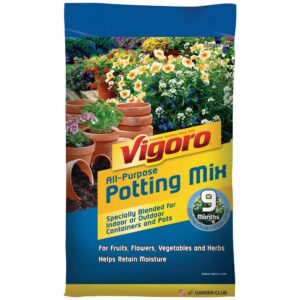
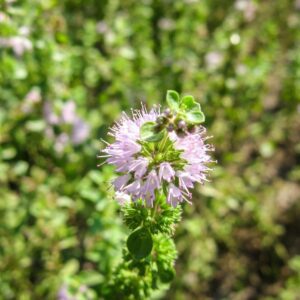
Comments
No Comments